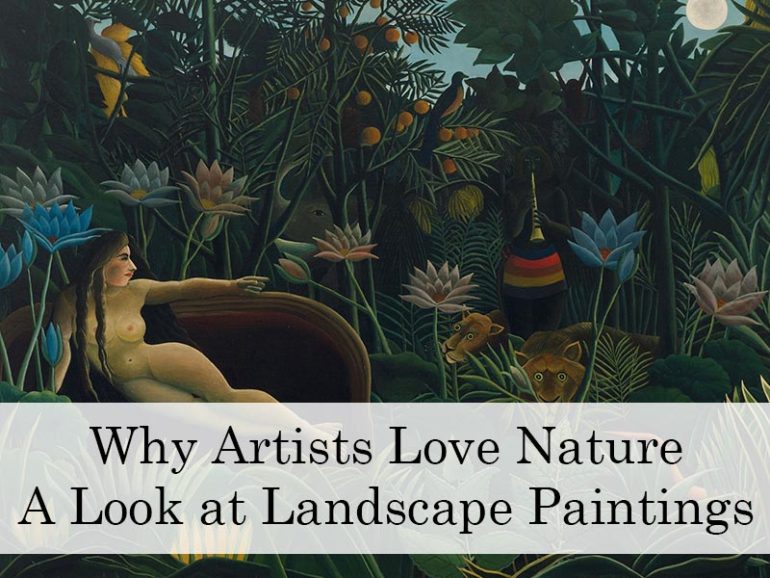Nature has captivated artists for centuries, offering endless inspiration through its beauty, mystery, and power. Landscape painting, as a genre, goes beyond simply depicting scenery; it explores themes of harmony, human connection to the environment, and the vastness of the natural world. Through careful observation and creative interpretation, artists bring the essence of nature to life on canvas.
What Are Landscape Paintings?
Landscape painting focuses on natural scenery, including forests, mountains, rivers, and skies. Over time, its purpose has evolved. In early art, landscapes often served as backdrops for religious or mythological scenes. During the Renaissance, they began to emerge as independent subjects, reflecting humanity’s growing interest in the natural world. By the Romantic period, landscapes became deeply personal expressions of emotion and philosophy.
Key Examples of Landscape Paintings
Thomas Cole’s The Oxbow (1836) captures a sweeping view of the Connecticut River Valley. This work, a key example of the Hudson River School, reflects Cole’s interest in the relationship between humans and nature. The painting contrasts the untamed wilderness with cultivated farmland, suggesting the duality of nature as both wild and civilised.
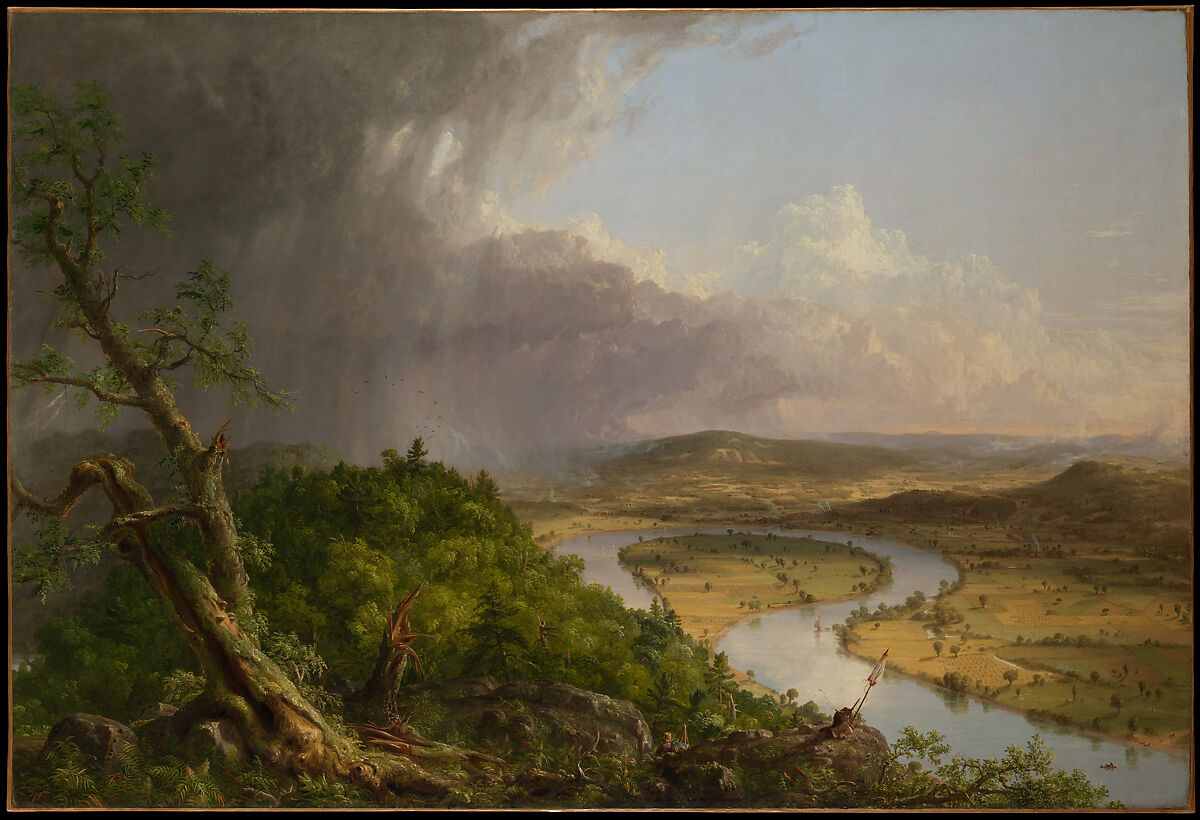
Jacob van Ruisdael’s View of Haarlem with Bleaching Grounds (c. 1670) celebrates the vast skies and quiet beauty of the Dutch countryside. The intricate detail in the fields and the expansive cloud-filled sky emphasise the harmonious balance between humanity and nature, a theme central to the Dutch Golden Age of art.
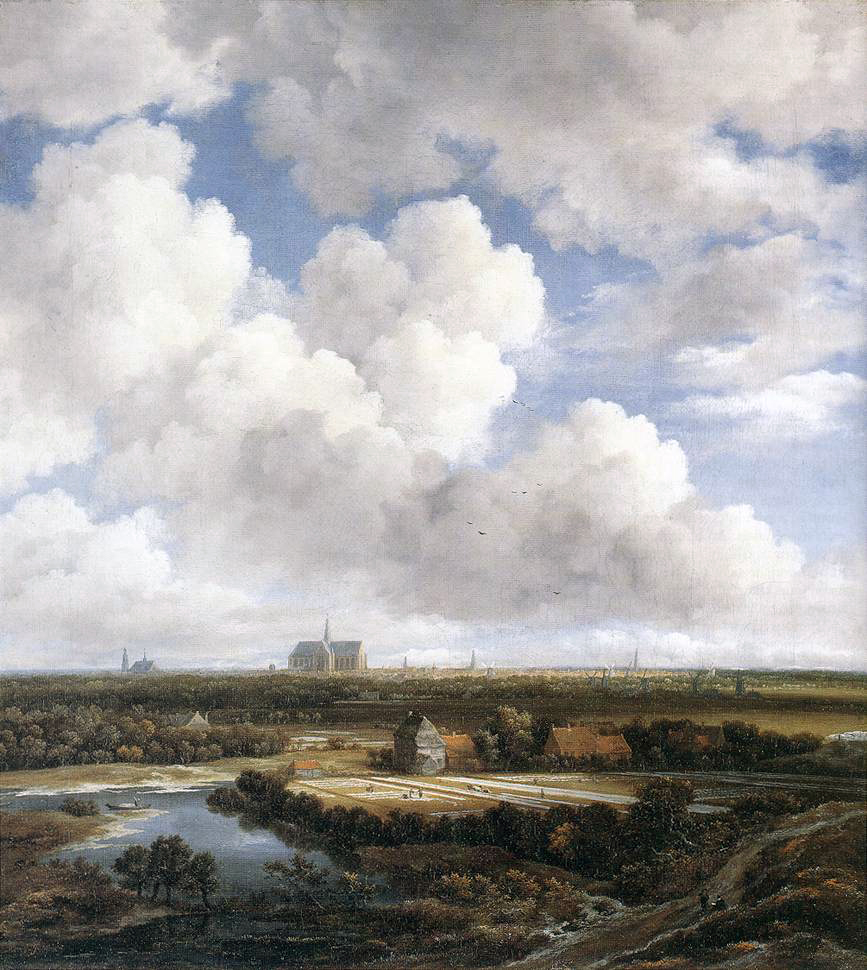
Jean-Baptiste-Camille Corot’s Ville d’Avray (c. 1867) illustrates the quiet serenity of a small French village surrounded by nature. Corot’s soft, muted tones and delicate brushwork reflect his poetic approach to landscape painting, blending realism with a dreamlike quality.

Asher Brown Durand’s Kindred Spirits (1849) depicts two figures standing on a rocky ledge, overlooking a forested valley. Painted as a tribute to Thomas Cole, this work symbolises the connection between humans, nature, and art. The composition, with its lush greenery and dramatic cliffs, captures the awe-inspiring beauty of the American wilderness.
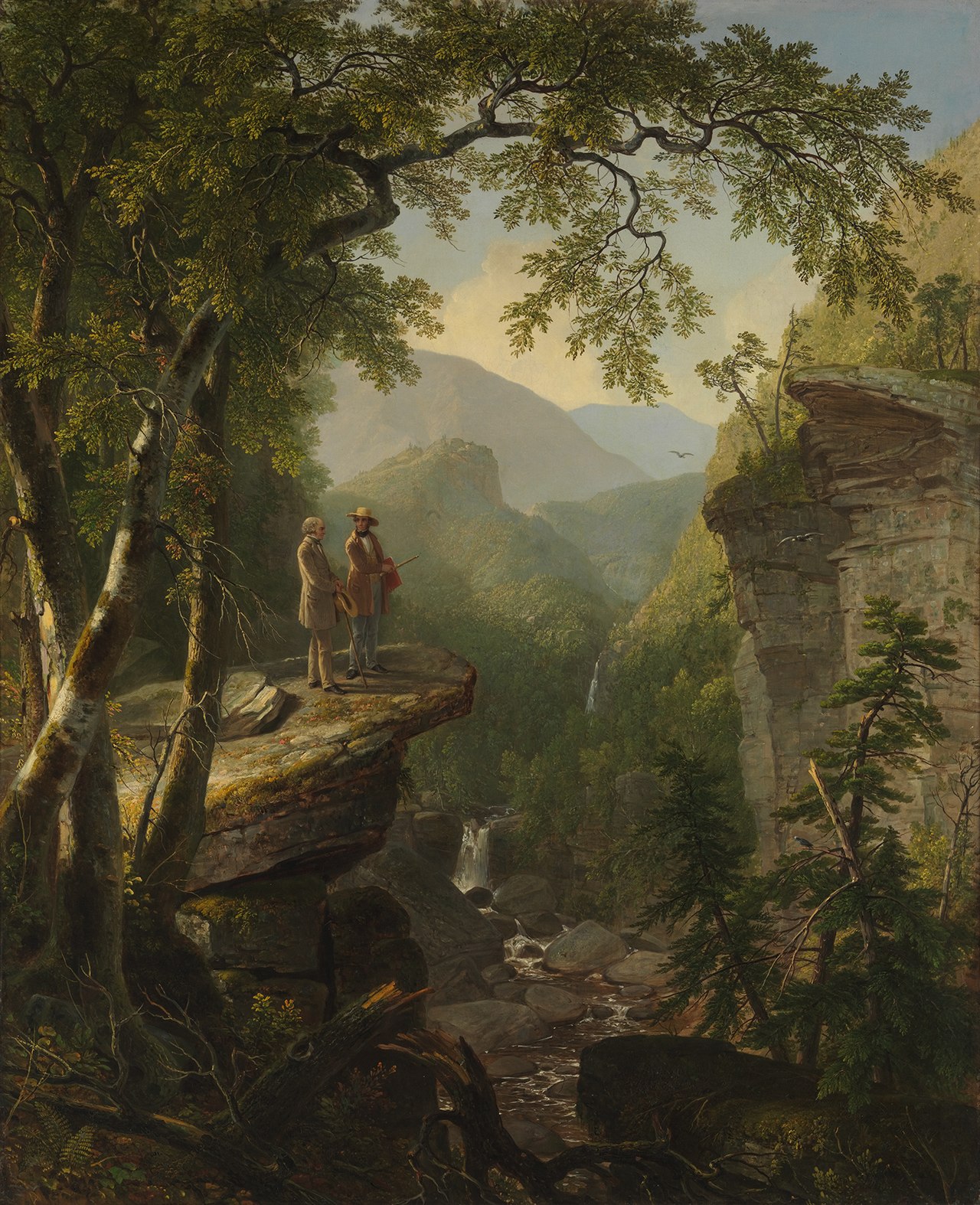
Henri Rousseau’s The Dream (1910) takes a different approach to landscapes, blending fantasy with the natural world. The painting features a reclining figure in a lush jungle filled with exotic plants and animals. Rousseau’s imaginative take on nature highlights its mystery and allure, inviting viewers to explore its wonders through a surreal lens.
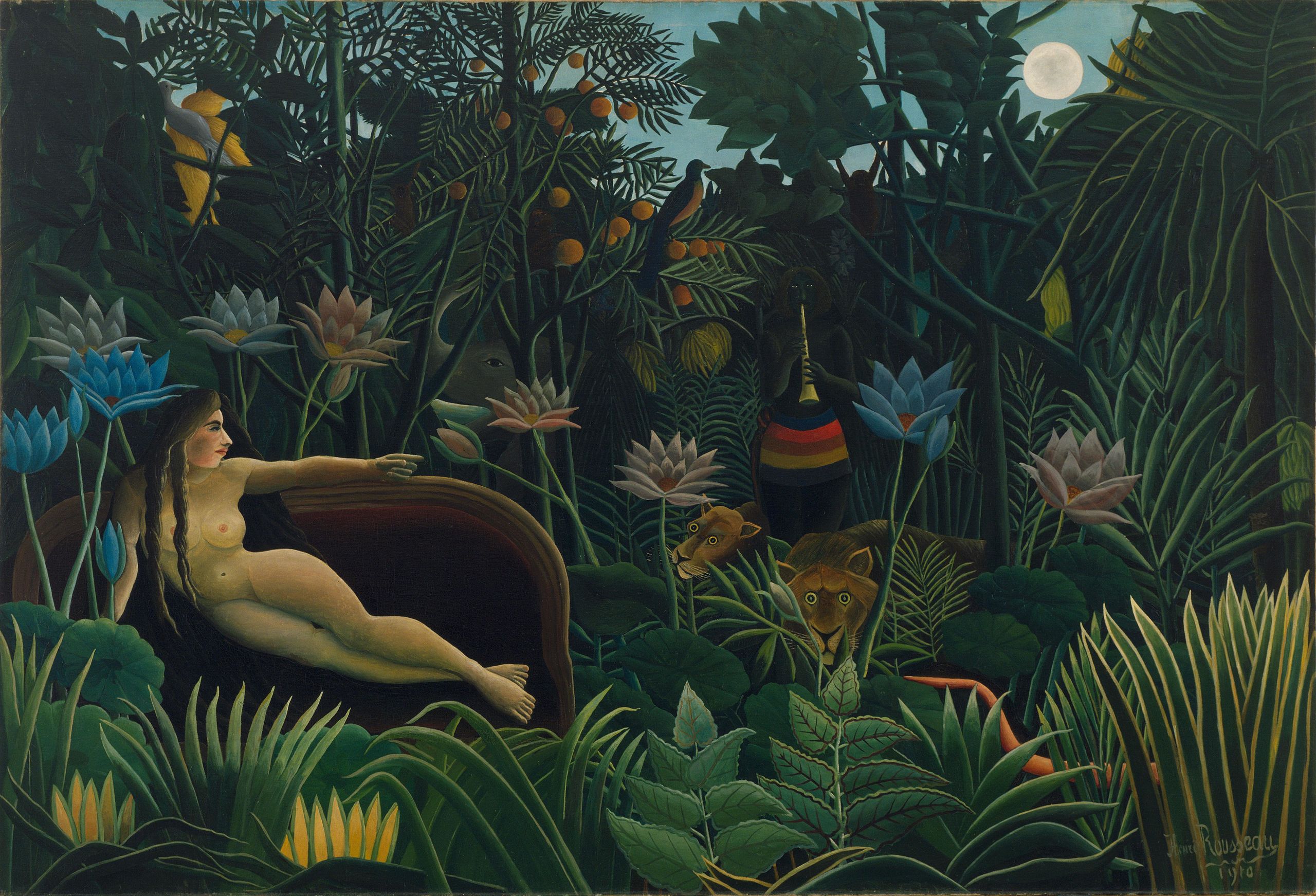
Why Do Artists Love Nature?
Nature provides a universal subject that is accessible yet endlessly varied. Its ability to evoke powerful emotions makes it an ideal medium for exploring themes like solitude, beauty, and the sublime. The interplay of light and shadow in natural settings offers artists the opportunity to study and experiment with colour, tone, and perspective. For many, painting landscapes also serves as a form of meditation, a way to connect with the world around them.
What Can Artists Learn from Nature?
Observation is key to capturing the essence of a natural scene. By studying the movement of water, the changing colours of the sky, or the intricate textures of plants, artists develop their ability to see and interpret the world around them. Nature also encourages experimentation, whether it’s painting outdoors to capture light and atmosphere or reimagining landscapes with a creative twist. Above all, it offers artists a chance to express their own perspective on the world, blending realism with imagination.
Further Reading
- The National Gallery – Landscapes in Art
- The Met – European Landscape Painting
- Khan Academy – History of Landscape Painting
- Tate – Landscape and Romanticism
Landscape painting continues to inspire artists and viewers alike. It invites us to explore the beauty of the world, reflect on our relationship with nature, and imagine new possibilities. For budding artists, landscapes offer an ideal starting point for developing technical skills and exploring creative expression. Take a walk outdoors, find your scene, and let nature guide your brush.
If you would like to receive a roundup of all of our blog posts once a week to keep you inspired in your inbox, why not sign up to our newsletter. You can access our sign up at the top of our page. If you are a London Art College student and you would like your artwork featured here, drop us a line at any time.

